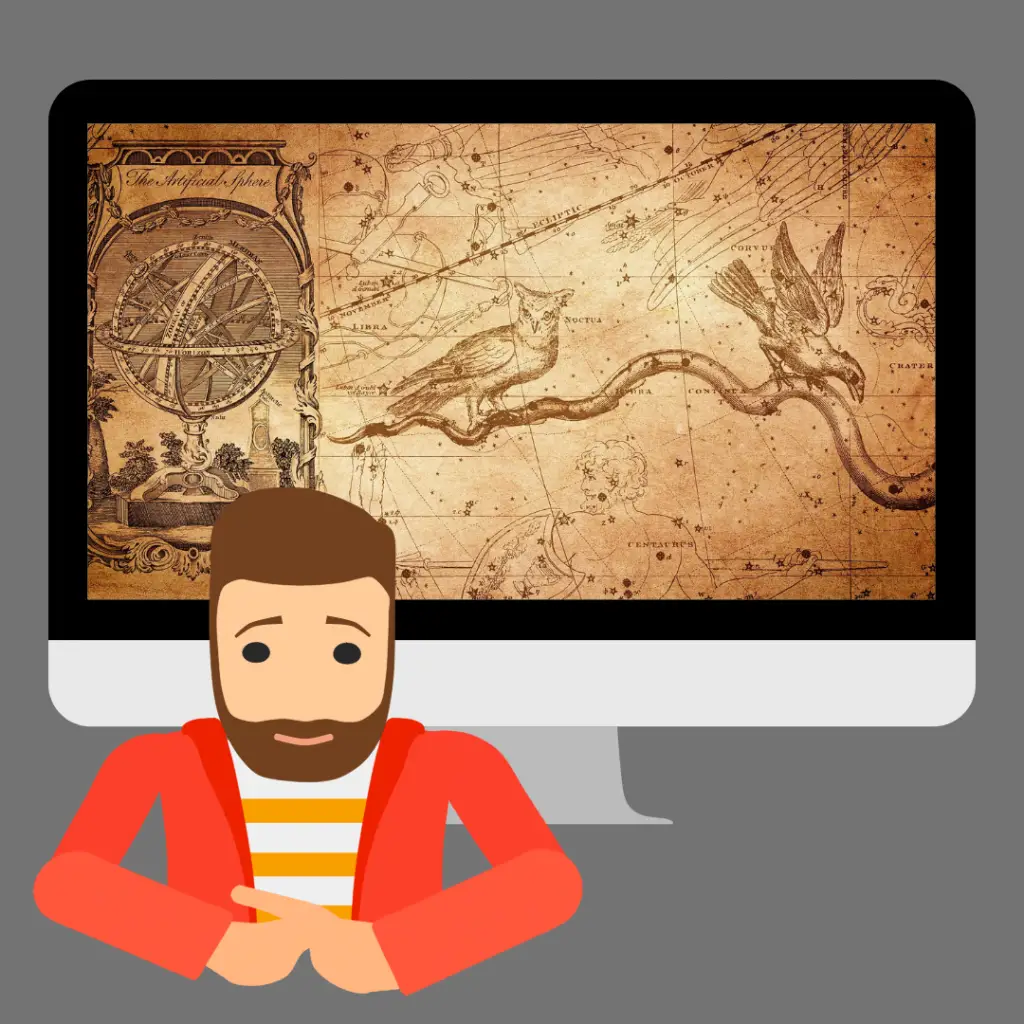Have you been trying to make sense of the various Constellations that are widely talked about but don’t know how useful they really are?
While modern calendars have become the easiest way to track months and seasons all year round, Constellations still play a major role in today’s world.
Find out how in the article that follows!
What are Constellations Used For? (Summary)
Constellations have been used throughout history for navigation across lands, especially by travelers. Since these are formed by specific positioning of stars, constellations helped people of older times track time in the form of months. The latitude and longitudinal directions of a place can be easily figured out with the help of these unique star patterns.
Introduction to Consellations
Constellations are man-made entities that help with the detection of time.
Their use exists to allow astronomers and observers throughout the world to view the giant sky using the same compass.
The types of constellations vary according to regions and are generally labeled in accordance with the existing poles.
Three major types of constellations exist, namely Seasonal, Zodiacal, and Circumpolar.
- Seasonal: These can only be seen during some specific times throughout the year, and are not frequently visible in the night sky. The four seasons contain categories of different constellations that are native to that time of the year.
- Zodiacal: These cross the path of the sun, also called the Ecliptic path from where they get their name. The constellations falling under this category have the same names and symbols as the twelve Zodiac signs. They are seen more or less throughout the year, so can be considered as seasonal constellations.
- Circumpolar: These can be seen throughout the year since they stay above the horizon. As in the name, all constellations under this category circle around the pole star. This star is also called “Polaris”. The Ursa Major and Ursa Minor are two prominent constellations in this category.
A total of 88 constellations exist in today’s astronomical dictionary.
The ease of visibility of these depends on the time of the night, the ongoing season, and the rotation and pivot of the Earth.
The Earth’s division into the Northern and Southern hemispheres makes it easy to view some constellations at one point, and others impossible during any moment of time.
How Are Constellations Used?
For routing across lands and seas, a single navigation point is needed that does not change its position as the rest of the stars move across the sky.
It is easiest to steer using Polaris, the star that sits almost directly on top of the North Pole.
Perhaps it is this very reason that Polaris, unlike the other stars across the sky, remains static and always points towards this pole.
In order to find North, one should look for the brightest star in the constellation Ursa Minor.
Polaris is the last start on Ursa Minor’s arm.
In days of hardly any visibility, or if your view is blocked by a mountain or a tree, Ursa Major can help spot Polaris.
Exactly five lengths of the distance of the in-stars of this constellation, called the Merak and Dubhe, lead straight to Polaris.
When searching for Polaris, it should be kept in mind that while the North star is bound to stay in one place, the Ursa Major is dynamic like all the other stars in the sky.
In order to avoid any confusion, it is best to observe constellations from an elevated spot.
How Can I Navigate South?
Polaris points towards the North pole, but going opposite to it will not lead you to the South Pole.
Another star called Orion is needed to locate the South.
This constellation makes use of two specific clusters of stars: Orion’s belt and Orion’s sword.
Three stars back to back on Orion are known as Orion’s belt, and from the belt hangs Orion’s sword.
The sword is made from three starts, one is faint, the second is fuzzy and the third is bright.
Following the direction of this sword, the path perpendicular, or directly below leading to the ground is where South is located.
Since Polaris is blocked by the rotating Earth itself, it is impossible to spot it from the Southern Hemisphere.
East and West can be located, and from there North can be found.
Orion’s belt when near the equator, can help locate the East and the West, using the Leading Star (also known as Mintaka).
The point on Mintaka where it rises is East, and the point where it sets is West.
Navigation using the Crux
Another method of location is by using the Southern Cross, also known as the Crux.
This is a small cluster of 4 stars that form a cross.
The most accurate way to locate the Crux is by identifying the Pointer Stars.
Pointer stars are two bright stars at the side of the Crux and are often more visible and hence easy to spot than the Crux itself.
The pointer stars always point towards the Crux.
Once these have been spotted, make an imaginary line from the Crux to the ground.
Next, draw a second line from the middle of the Pointer Stars perpendicularly towards the ground.
The point where these two lines intersect is where South is located.
Can Constellations Change?
Due to the Earth’s constant motion and the continuous destruction and formation of stars, the constellations we see now are different than those the ancient civilizations observed.
While some stars differ by a minor range, others vary greatly in appearance.
With the help of some advanced applications such as Star Walk 2 and Skysafari 6, we can see what constellations looked like from years back, and even discover what these starts will look like in the distant future.
Of the most popular constellations, Sirius and Betelgeuse have visibly changed positions with time.
(Tip: search up the current positions of these constellations and compare them with those from older times using the apps mentioned)
Conclusion
Once considered a compass in the sky, constellations are now viewed as mythical concepts and often overshadowed by modern scientific discoveries.
However, from sailors that swoon the oceans to astronauts that view the galaxy, constellations, and stars, in general, have helped pave their way.
Stars have been there from the beginning of time, and are promised to stay till the very end.
You might also like:
- What Are Constellations Used For?
- A Guide To Greek Constellations
- A Guide To Navigation Constellations
- Constellations For Love (A List)
- Constellations For Friendship (A List)
- Animal Constellations (a Guide)
- Autumn Constellations
- Spring Constellations
- Winter Constellations
- Summer Constellations
- What Are Circumpolar Stars?







